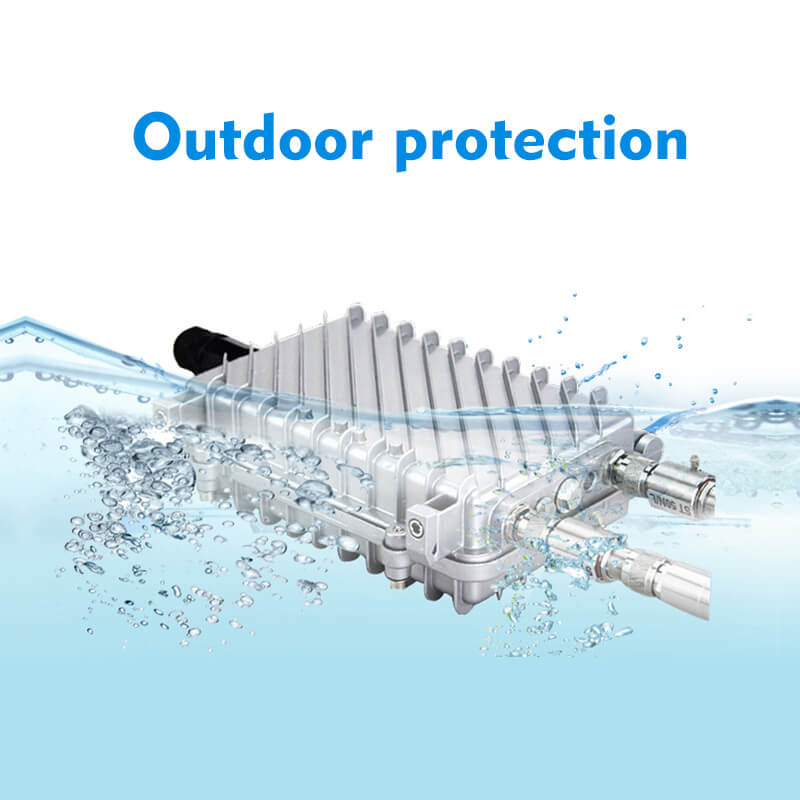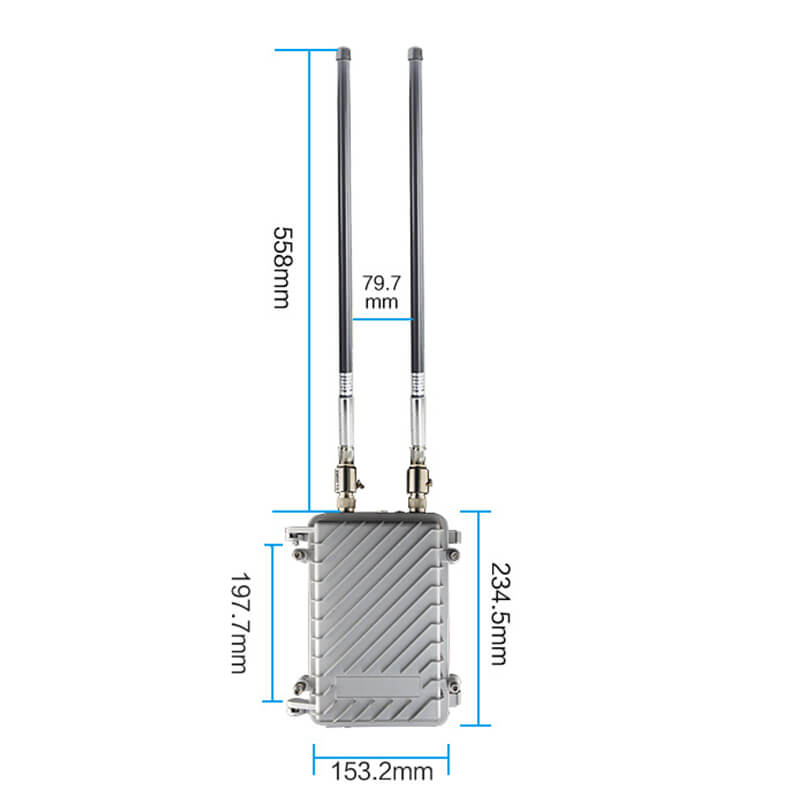What is a long-range outdoor Wi-Fi antenna?
2022.09.05 / By Sailsky
Understanding Wi-Fi Antennas
Before learning about long-range outdoor Wi-Fi antennas, let’s understand what exactly is Wi-Fi antennas. Antennas are essential components of wireless local area networks (WLAN). They make it possible for us to use wireless connections for a wide range of activities, such as playing video games, accessing the web, watching videos online, and conducting business from the comfort of our own homes. In addition, they have an impact on the reach and strength of the signal. long-range outdoor Wi-Fi antenna
Whether you’re looking to improve the strength of your signal, replace the antennas for your Wi-Fi network, or set up a wireless network with a wider reach, selecting the suitable antenna is vital.

The job that a Wi-Fi antennae do
Radio waves are used for data transmission between mobile devices. The transmission of data packets over electromagnetic waves (EM waves) serves as the fundamental building block for all wireless signals. Antennas designed for wireless fidelity perform the opposite conversion, transforming electrical signals into electromagnetic waves and vice versa.
Antennas that are able to broadcast and receive signals are included in wireless routers, phones, computers, and tablets, among other wireless devices. Receiving antennas are responsible for picking up the electromagnetic waves that are carrying the information and then converting it into electrical impulses. Despite this, the information packets are sent using electromagnetic waves, which are produced when transmitting antennas transform electrical signals.
The Most Effective Wi-Fi Antennas
Improving the Quality of the Wi-Fi Signal Within Your Home
The majority of individuals choose to hide their routers behind a piece of furniture, put them away in a drawer, or tuck the device into a corner due to the fact that routers tend to have an ugly appearance. If you want to ensure that your wireless signal is not disrupted, you should avoid placing your router in that location. The first step in improving your home network is moving the router to a more practical location, which is an essential step in itself.
If even changing the router, you continue to have dead zones and inadequate signal strength in particular areas of your home, you may have other options available to you. If the antennae on your router are detachable, switching to various antennas will allow you to extend the range of your signal. Through the use of an Ethernet cable, you are able to establish a connection between a wireless router that has detachable antennae and a wireless gateway that does not have built-in antennas.
The traditional configuration for the antennas on routers is that they look like little rubber ducks. There is a possibility that the signal strength of these antennas will be reduced if there are walls or heavy furniture in the path. You can improve the range by upgrading the antennas that are currently being utilized in the system. On a router, in addition to omnidirectional antennas, you are able to utilize various types of antennas. It may be possible to improve the strength of the wireless signal in a particular direction by replacing one of the existing antennas with a directional small panel antenna.
Improve the performance of the wireless network at the office
When compared to a regular residence, an average office building is quite a bit larger; as a consequence, there may be a greater number of obstructions within the building, which reduces or even eliminates the Wi-Fi’s capacity to offer a solid signal throughout the entire building. The router, much like a house, ought to be positioned in the best possible area, and if it possesses antennae that can be switched out, the range of the signal may be expanded simply by relocating the router to a different spot.
An omnidirectional antenna is advised for use inside an office building because there is a larger chance of interference from electronic devices in all directions inside the building. It’s possible that a signal booster from a dome antenna positioned on the ceiling will be required in more spacious areas (they also work in homes but tend to be less common). It is strongly suggested that the antenna be installed atop the ceiling of the structure.
Increase the range of your Wi-Fi signal when you’re outdoor
The majority of Wi-Fi signals are either unable to pass through obstacles such as walls and doors or are weakened when they do pass through these obstacles. This prevents them from being able to reach outside an interior space. The ability of outdoor omnidirectional antennas to strengthen your Wi-Fi signal in any direction makes them ideally suited for use in environments with a limited line of sight. An example of an outside access point that can accommodate their connection is a Wi-Fi range extender that comes equipped with a POE connector.
With the help of a directional antenna and some precise aiming, it is possible to transmit a signal much further, possibly even across a whole field.

Wireless local area networks that have a significant distance between nodes
When establishing a wireless connection between two buildings, you will need to make use of two directional antennas. The distance between the buildings will determine whether or not the use of directional antennas is required. If the buildings are less than one mile apart from one another, for instance, a panel antenna would be appropriate; if they are more than one mile apart from one another, however, a grid antenna would be more acceptable. When used in conjunction with a powerful panel antenna it is possible to communicate with distant structures up to 12 miles away.
In a perfect world, the antenna for each building would be mounted on its respective roof. During the phase where the setup is being done, it is absolutely necessary to align the antennas and point them in the same direction. An extra condition states that there must not be any obstructions in the line of sight between the two antennas.

